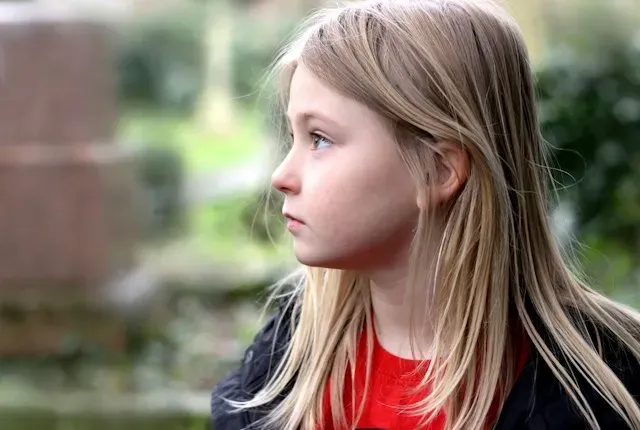
Exposure Therapy for Anxiety
Explore how Exposure Therapy for Anxiety works. Understand various techniques and strategies to help individuals overcome anxiety.
Get carepatron free
Commonly asked questions
Exposure therapy is a form of behavioral therapy that aims to reduce anxiety or fear by gradually exposing individuals to the source of their distress in a safe and controlled environment.
Exposure therapy works by helping individuals confront their fears and anxieties in a controlled setting, allowing them to learn that the feared situation or object is not as dangerous as they initially thought.
Exposure therapy can be effective in treating a variety of anxiety disorders, including generalized anxiety disorder, social anxiety disorder, specific phobias, and post-traumatic stress disorder. It may also be helpful for individuals with obsessive-compulsive disorder and panic disorder.
A mental health professional can incorporate relaxation exercises, such as deep breathing and progressive muscle relaxation, into exposure therapy to help individuals manage their anxiety levels during the exposure process.







